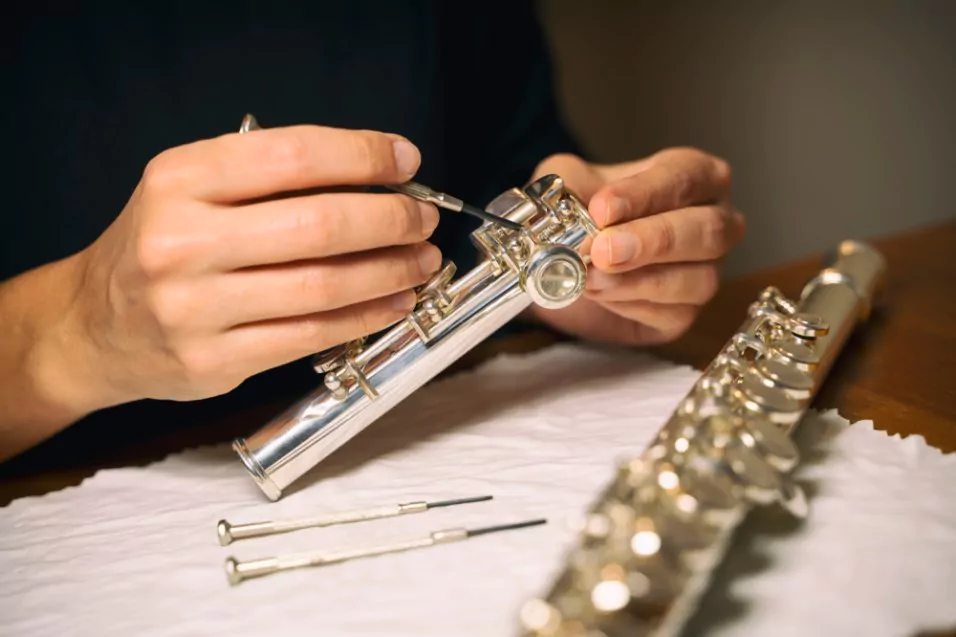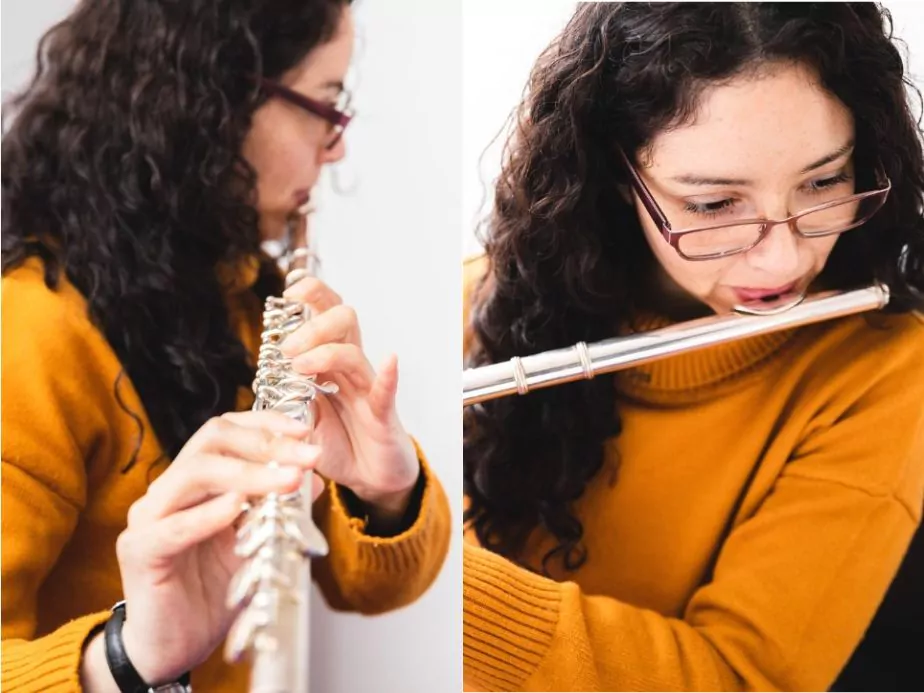From Novice to Virtuoso: How to Play Flute Like a Musician?

The flute is a popular musical instrument that has been used for centuries. It is a member of the woodwind family and produces sound by blowing air into the instrument. The flute is a versatile instrument that can be used in a wide range of musical genres, from classical to jazz and pop music. If you are interested in learning how to play flute, this guide will provide some basic information on getting started.
1 A step-by-step guide on How to Play Flute?
Choosing a Flute
Before you can start playing the flute, you need to choose the right instrument. There are several types of flutes available in the market, including beginner, intermediate, and professional flutes. If you are a beginner, it is recommended that you start with a student flute, as it is designed to be easy to play and affordable. Intermediate and professional flutes are more expensive and designed for advanced players.
When choosing a flute, there are several factors to consider, including the material, key, and size of the instrument. Flutes are typically made from metal or wood, with metal flutes being more durable and easier to maintain. The key of the flute determines its pitch, with the most common keys being C and Bb. The size of the flute can also vary, with smaller flutes being easier to play for beginners.
Assembling the Flute

Once you have chosen your flute, you need to assemble it before you can start playing. The flute consists of three main parts: the head joint, the body, and the foot joint. To assemble the flute, you need to insert the head joint into the body and then attach the foot joint to the bottom of the body.
Make sure that all the joints are securely in place before you start playing. If the joints are loose, the sound quality will be affected, and you may find it difficult to play certain notes.
Holding the Flute

To play the flute, you need to hold it correctly. The flute is held horizontally, with the head joint on your right side and the foot joint on your left side. You should hold the flute with your left hand at the base of the instrument and your right hand near the top.
Your left-hand thumb should rest on the back of the flute, while your left-hand fingers cover the holes in the body of the instrument. Your right-hand fingers cover the holes on the head joint. Make sure that your hands are positioned correctly, as this will affect the sound quality.
Blowing into the Flute

To produce sound on the flute, you need to blow air into the instrument. Hold the flute at a slight downward angle and blow across the mouthpiece while directing the air towards the edge of the hole. The amount of air you blow will affect the pitch and volume of the sound.
To produce different notes, you need to cover and uncover the holes in the instrument with your fingers. The lower holes produce lower notes, while the higher holes produce higher notes. Practice covering and uncovering the holes to produce different notes and experiment with different fingerings to find the most comfortable and efficient technique.
Cover and Uncover the Holes
To produce different notes, you need to cover and uncover the holes in the instrument with your fingers. The lower holes produce lower notes, while the higher holes produce higher notes. Practice covering and uncovering the holes to produce different notes and experiment with different fingerings to find the most comfortable and efficient technique.
Practising
Learning to play the flute takes time and practice. To improve your skills, it is recommended that you practice regularly and consistently. Start by practising simple melodies and exercises to get used to the instrument and develop your technique.
Practice playing scales, arpeggios, and exercises to improve your finger strength and dexterity. As you progress, you can start practising more complex pieces and challenging yourself with new techniques and styles.
Maintaining the Flute
To keep your flute in good condition, it is important to maintain it properly. Clean the inside of the instrument regularly with a cleaning rod and cloth to remove any moisture or debris that may have accumulated. Use a polishing cloth to clean the outside of the instrument, and avoid touching the keys with your fingers to prevent oil and dirt from building up.
It is also important to store your flute properly. Keep it in a protective case when not in use to prevent it from getting damaged or exposed to moisture. Avoid leaving it in direct sunlight or extreme temperatures, as this can damage the instrument.
Getting Lessons

While it is possible to learn to play the flute on your own, taking lessons from a professional teacher can help you improve faster and avoid developing bad habits. A teacher can provide you with guidance on technique, help you choose the right music to practise and offer feedback and support as you progress.
Look for a qualified flute teacher in your area, or consider taking online lessons if you cannot find a local teacher. Many music schools and conservatories offer flute lessons, and you can also find private instructors through online directories or music forums.
2 Wrapping Up
Learning to play the flute can be a rewarding and enjoyable experience. Whether you are a complete beginner or an experienced musician, the key to success is regular practice, patience, and dedication. Choose the right flute for your skill level, learn the correct technique for holding and playing the instrument, and practice regularly to improve your skills. With time and effort, you can become a skilled flautist and enjoy playing beautiful music on this versatile instrument.
Also, if you want to learn more than one musical instruments, then we recommend you check our blog on tips to master piano song notes for beginners. Happy music learning!
Community Q&A
About This Article
This article has been viewed 540 times.



